Current Students & Early Career
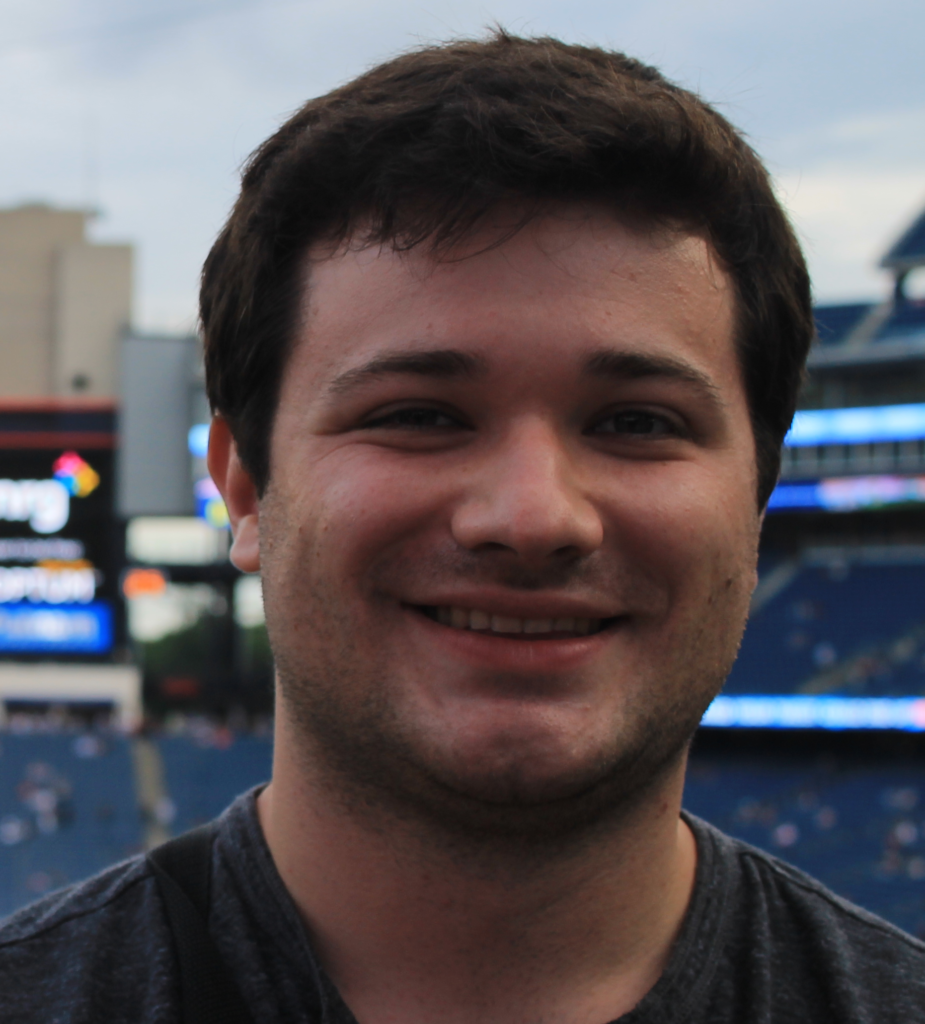
Tiago Carrilho Biló
Scripps Institution of Oceanography, University of California San Diego
Postdoc
Advisor: Fiamma Straneo
Currently, my research is focused on the variability of the large-scale circulation of the Irminger Sea, specifically on the recent changes of the western boundary current system offshore the East Greenland coast. I am particularly interested in the role of entrainment in the downstream variability of the Denmark Strait Overflow Water and the underlying dynamics responsible for the hydrographic properties distribution across the East Greenland Continental Shelf.
Verónica Caínzos
Georgia Tech, Atlanta
Postdoctoral Associate
Advisor: Susan Lozier
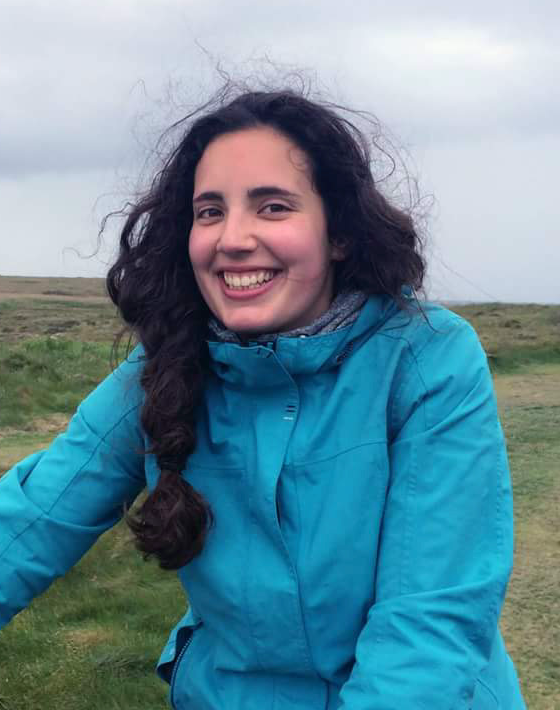
Verónica’s main interests are the variability of large-scale ocean circulation and the fate of biogeochemical variables in relation to major ocean currents. Her current research focuses on the transfer of nutrients between the subtropical and subpolar North Atlantic, as well as the evolution of dissolved oxygen in the North Atlantic.
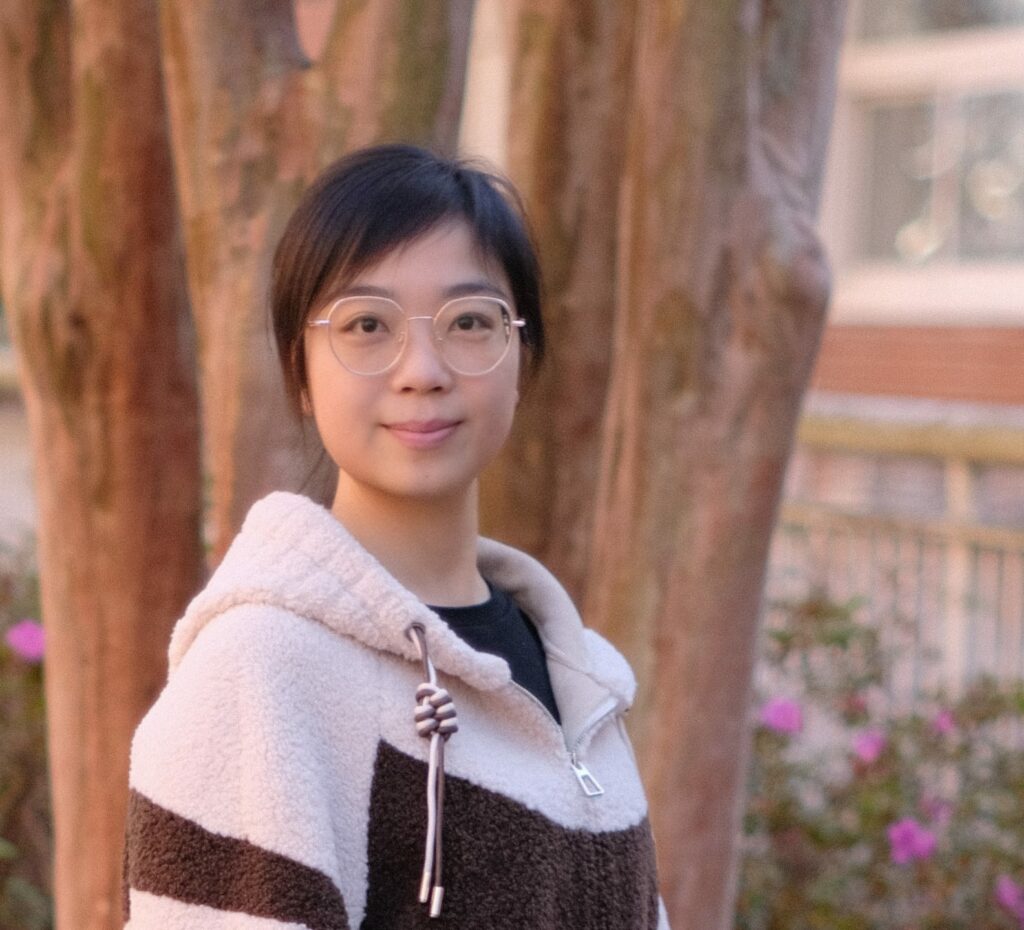
Jiajia Chen
Georgia Tech, Atlanta
Postdoctoral Associate
Advisor: Susan Lozier
Jiajia’s research interests include large-scale ocean circulation variability, water mass changes, and the effect of global warming. Her current research focuses on investigating heat, freshwater, and volume transports in the subpolar North Atlantic, as well as the impact of subpolar dynamics on the variability of the meridional overturning circulation and the mechanisms governing this variability.
Tiago Dotto
National Oceanography Center
Senior Research Scientist
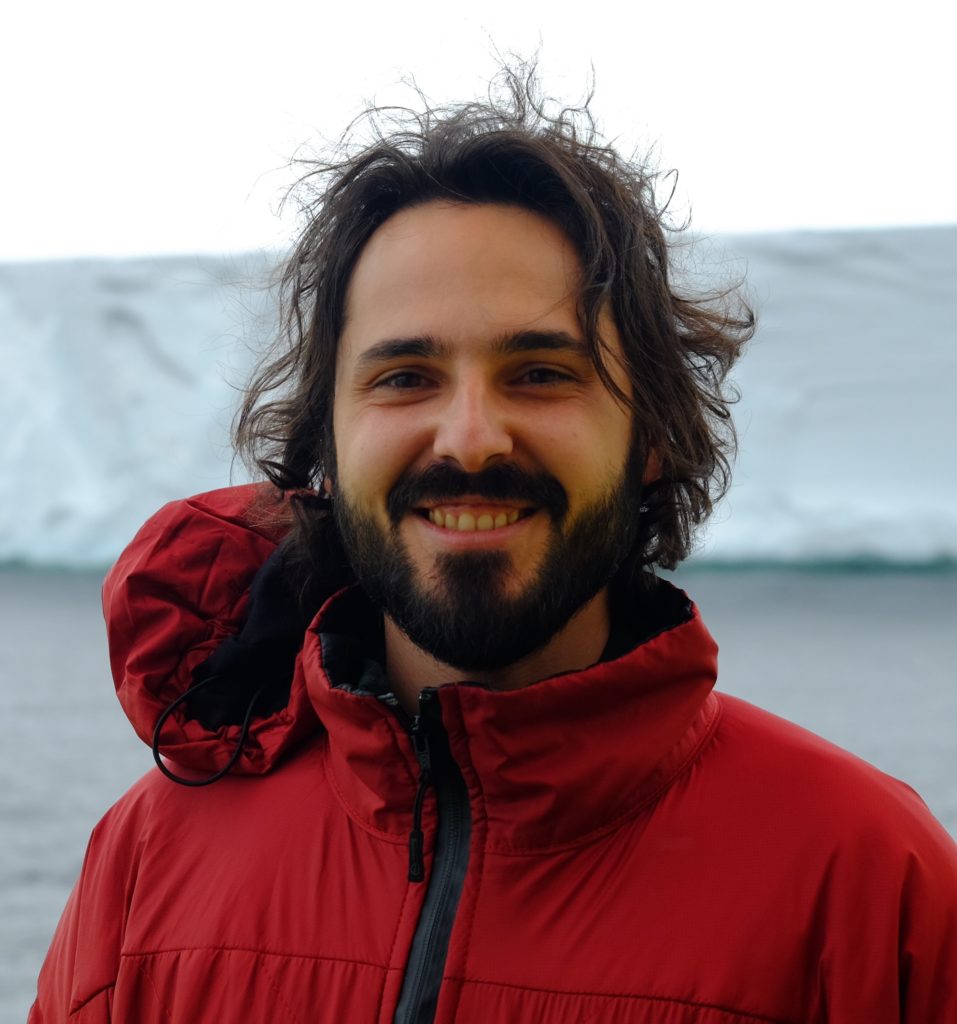
I am interested on the North Atlantic Current (NAC) transport variability in the Iceland Basin and the heat and freshwater transport that this ocean current brings northward. I use a combination of in situ data, remote sensing and ocean model outputs to understand the driving forces related to the NAC variability and its consequences to the AMOC.
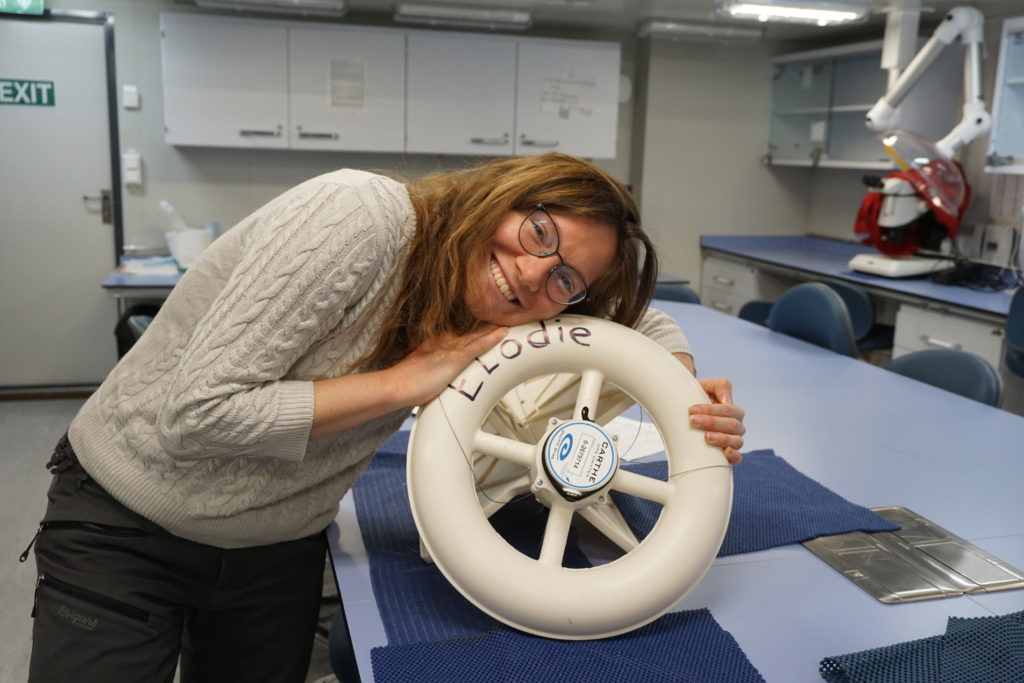
Elodie Duyck
NIOZ Royal Netherlands Institute for Sea Research & Utrecht University
Graduate Student
Advisor: Femke de Jong
Excess freshwater influx into convection regions has the potential to affect the overturning circulation. However, freshwater exchanges between the East Greenland Shelf and interior seas are not well understood yet. My Ph.D. research focuses on tracking those exchanges, notably by deploying surface drifters in the East Greenland Current.
Aleksandr Fedorov
Royal Netherlands Institute for Sea Research (NIOZ)-OCS department; Utrecht University – IMAU
Graduate Student
Advisor: Femke de Jong
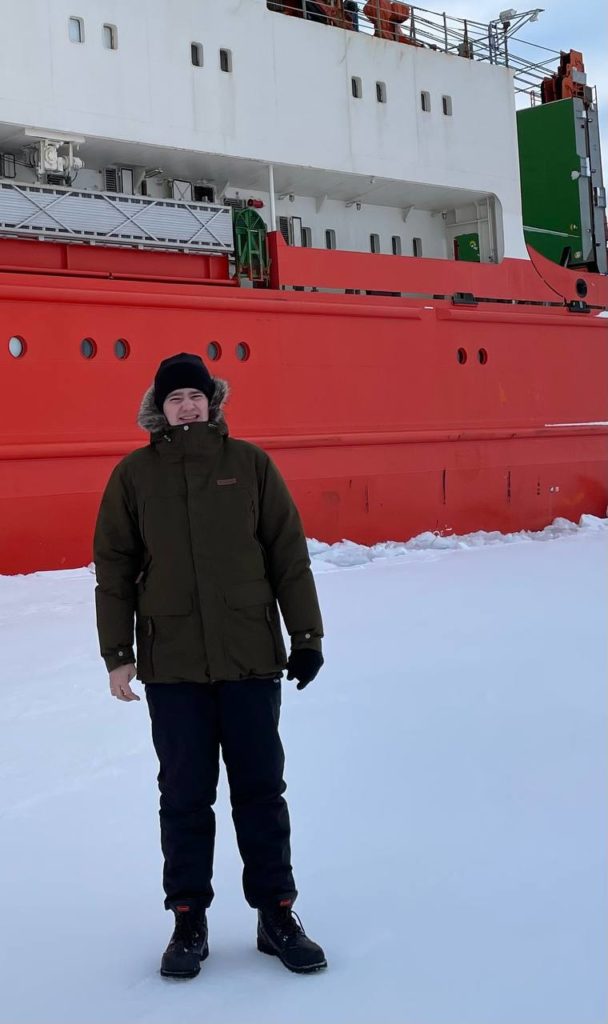
I investigate AMOC variability across the OSNAP section. How sensitive to atmospheric noise is AMOC? To find the answer to this question, I use OSNAP array data and the model output. We aim to estimate the implication of this AMOC variability for the large-scale variations in circulation and future AMOC development.
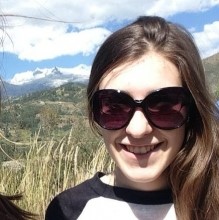
Anne-Sophie Fortin
Georgia Tech Institute
Research Associate
Advisor: Susan Lozier
My current research focuses on the changes and variability in the North Atlantic water masses’ properties over the past decades using hydrographic datasets. In addition, I am in charge of communications for the OSNAP community.
Neil Fraser
SAMS
Postdoc
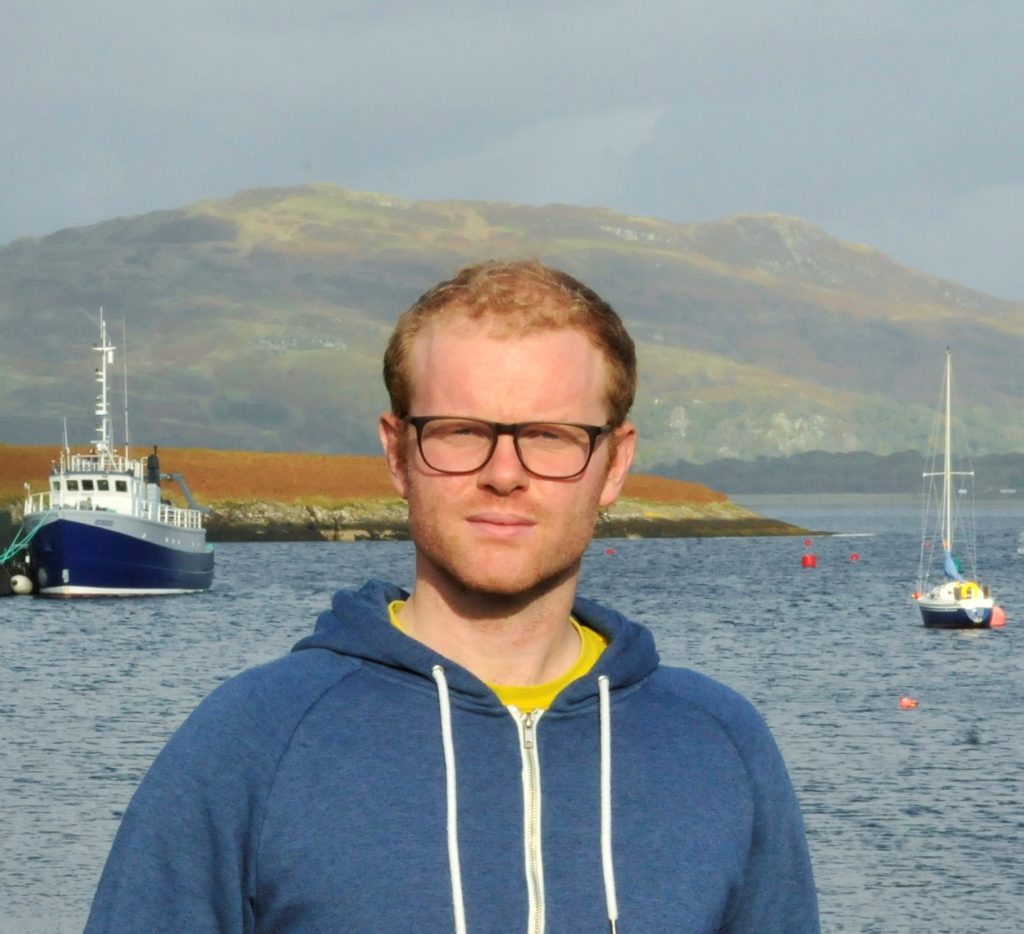
I started working on the OSNAP project in January 2018. I use a combination of moorings, gliders and numerical model output to estimate the transport in the eastern sub-polar North Atlantic. I also use inverse methods to study the large-scale North Atlantic circulation as well as decadal trends in temperature and salinity.
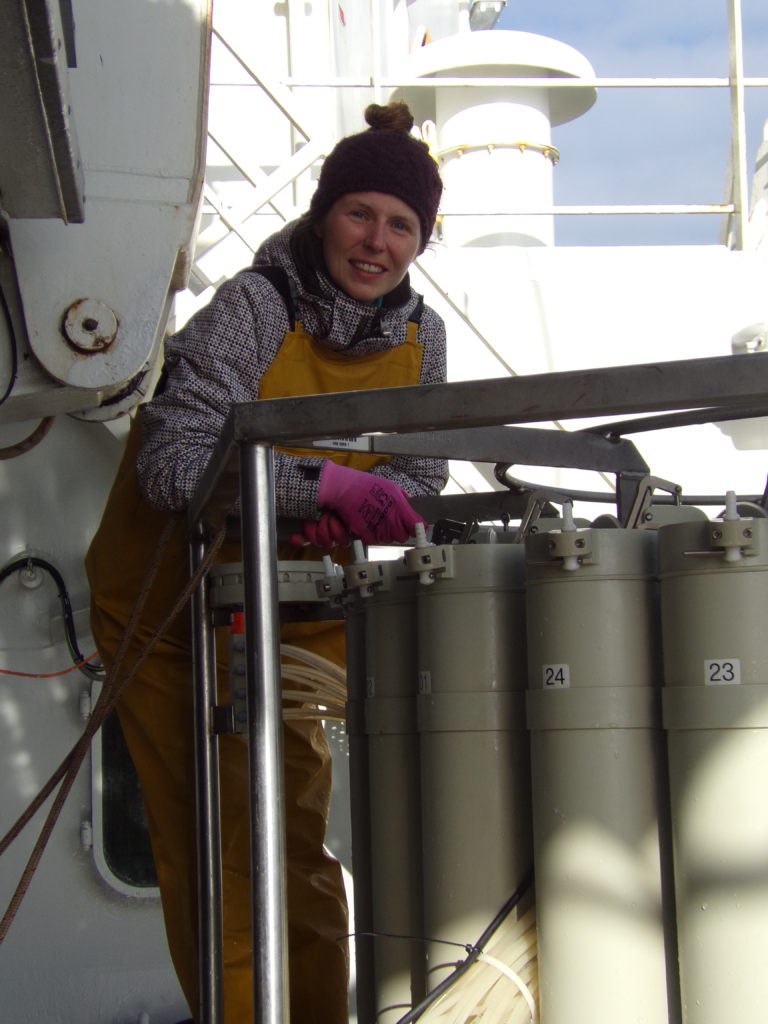
Nora Fried
NIOZ Royal Netherlands Institute for Sea Research & Utrecht
Graduate Student
Advisor: Femke de Jong
My project focuses on the Irminger Current which is responsible for the northward transport of heat and freshwater into the Irminger Basin. I will analyze the Irminger Currents variability on sub-seasonal to interannual time scales. The goal of the project is to identify causes for the Irminger Currents variability and its contribution to the Atlantic Meridional Overturning Circulation. I will mainly focus on mooring data from five deep-reaching moorings combined with hydrographic section and altimetry data.
Yao Fu
Georgia Tech Institute
Research Scientist
Advisor: Susan Lozier

I am a physical oceanographer who is interested in large-scale ocean circulation and its role in the climate system. My current researches focus on understanding the overturning circulation in the subpolar North Atlantic (OSNAP) using observational data as well as the shallow overturning cells in the subtropical Atlantic (Subtropical cells) based on climate models.
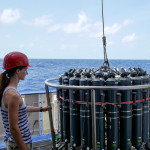
Patricia Handmann
GEOMAR
Postdoc
Advisor: Arne Biastoch
I am currently working on the interaction between the Labrador and Irminger Sea. I am majorly working with ocean models but I use OSNAP based data sets to verify them. My goal is to pinpoint the differences and similarities of the two basins.
Greg Koman
WHOI
Postdoc
Advisor: Amy Bower

My postdoc research is on the deep western boundary current off Cape Farewell, Greenland (GDWBC). I am updating 6 years of observations of the GDWBC and will determine the source waters of the GDWBC through upstream water mass analysis using other sections of the OSNAP array and Argo data.
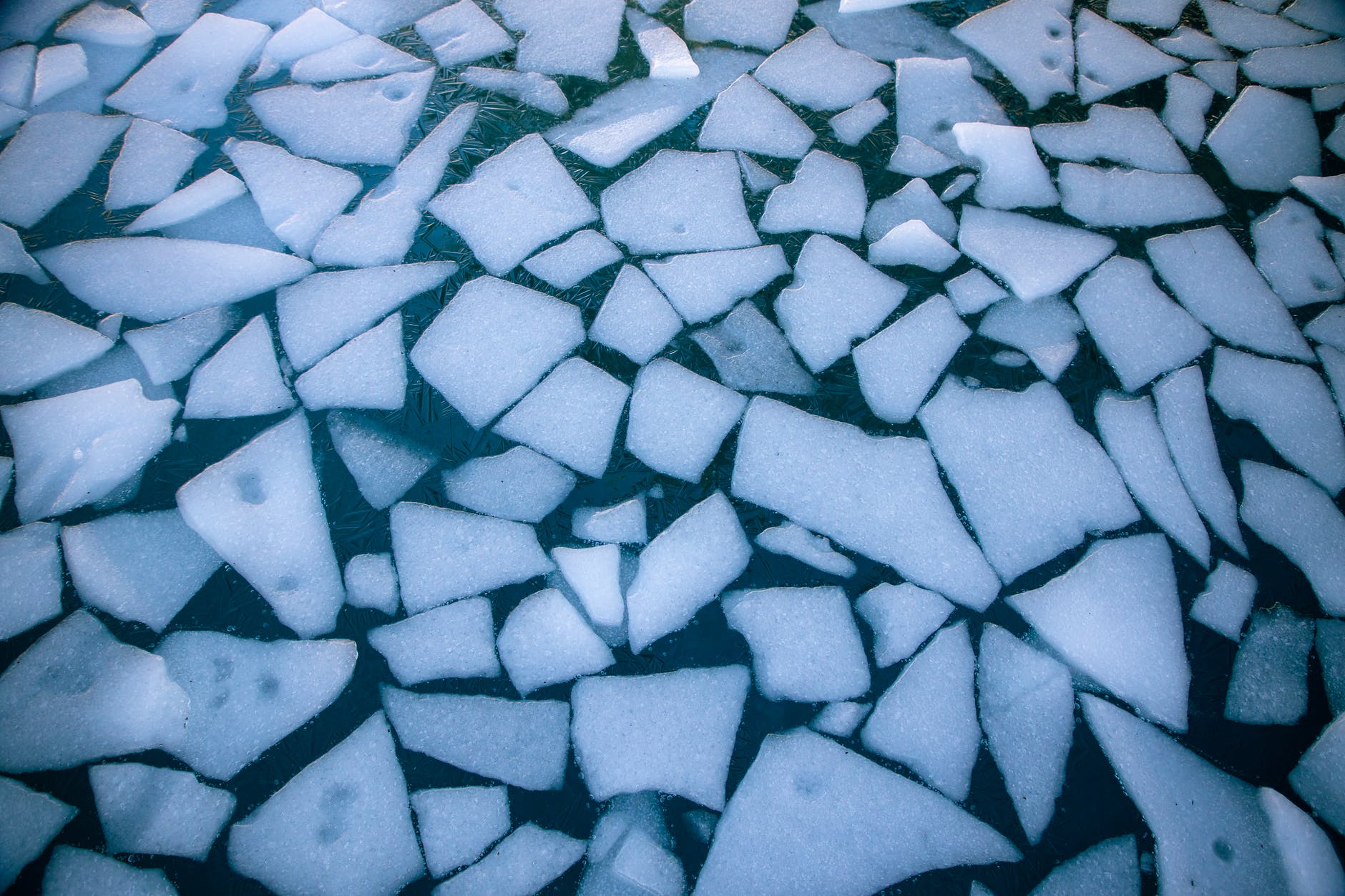
Juliana M. Marson
University of Manitoba
Assistant Professor
My research focus lies on the polar oceans, their interactions with the cryosphere and climate. In particular, I use numerical models to understand how warming and increasing freshwater input to the polar and subpolar oceans (especially from melting land ice) can change their physical and biogeochemical characteristics. I am also fascinated by icebergs, their role in ocean dynamics and primary productivity, their patterns of drift, and how they can affect marine transportation and other offshore activities. I have specialized in iceberg modelling in the past few years and part of my scientific efforts are dedicated to improving the numerical representation of icebergs so we can better predict their environmental impacts and trajectories.
Rita Markina
University of Oxford
Postdoc
Advisors: Helen Johnson and David Marshall
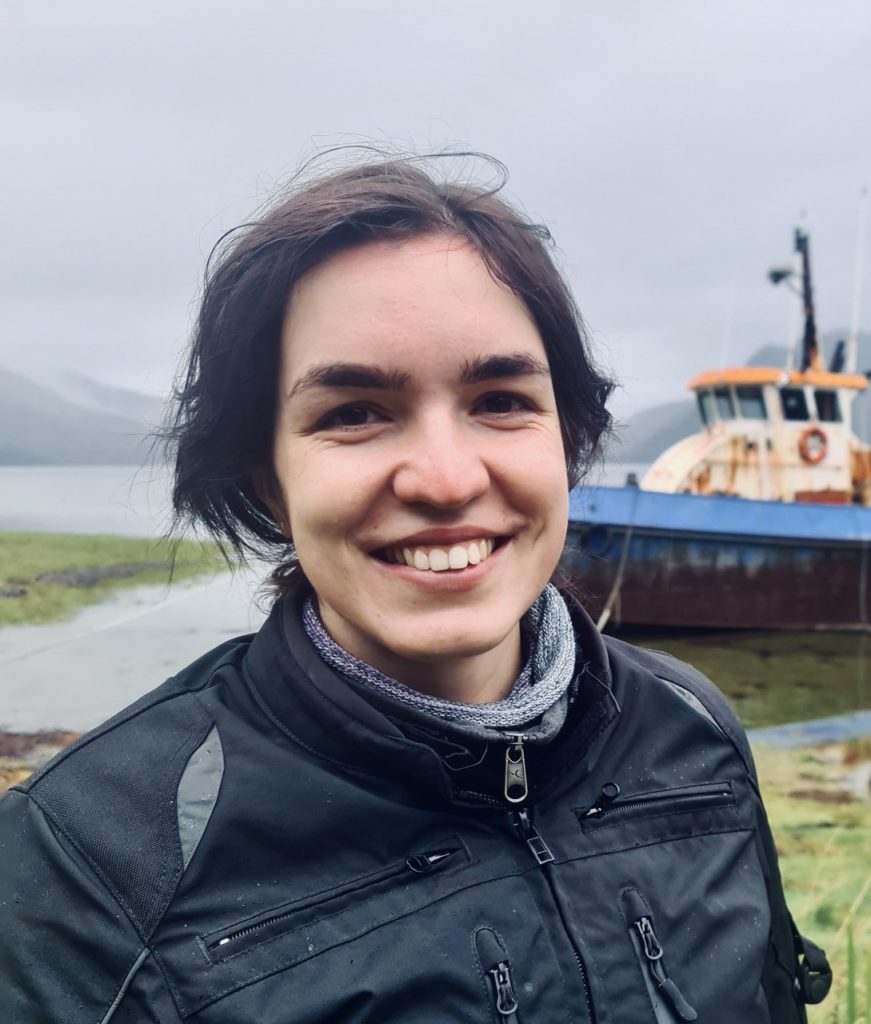
Recent OSNAP observations revealed large variability in ocean circulation in the subpolar North Atlantic, and I use numerical models trying to explain the mechanisms driving this variability. I investigate the oceanic response to perturbations in wind and buoyancy forcing in various locations over the region, aiming to understand the processes that translate atmospheric forcing into variability of ocean circulation.
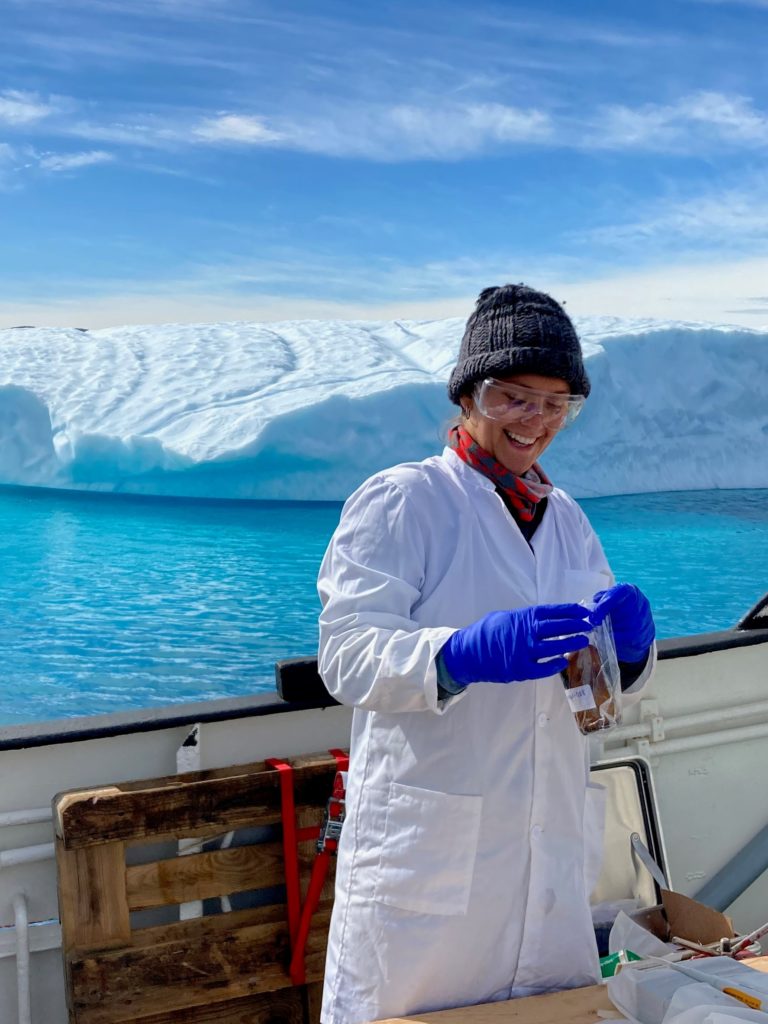
Monica Nelson
Scripps Institution of Oceanography
Graduate Student
Advisor: Fiamma Straneo and Sarah Purkey
My work focuses on understanding the mechanisms of oceanic heat supply into the central Irminger gyre in order to balance the heat lost to the atmosphere over the seasonal cycle. My work explores the restratification of the waters in the gyre interior, following wintertime convection, and aims to understand variability in the restratification dynamics using moored OSNAP data, OOI mooring data and Argo data. In future work, I am hoping to extend my work on heat to look at oxygen and carbon exchange.
Astrid Pacini
WHOI
Postdoc
Advisor: Bob Pickart
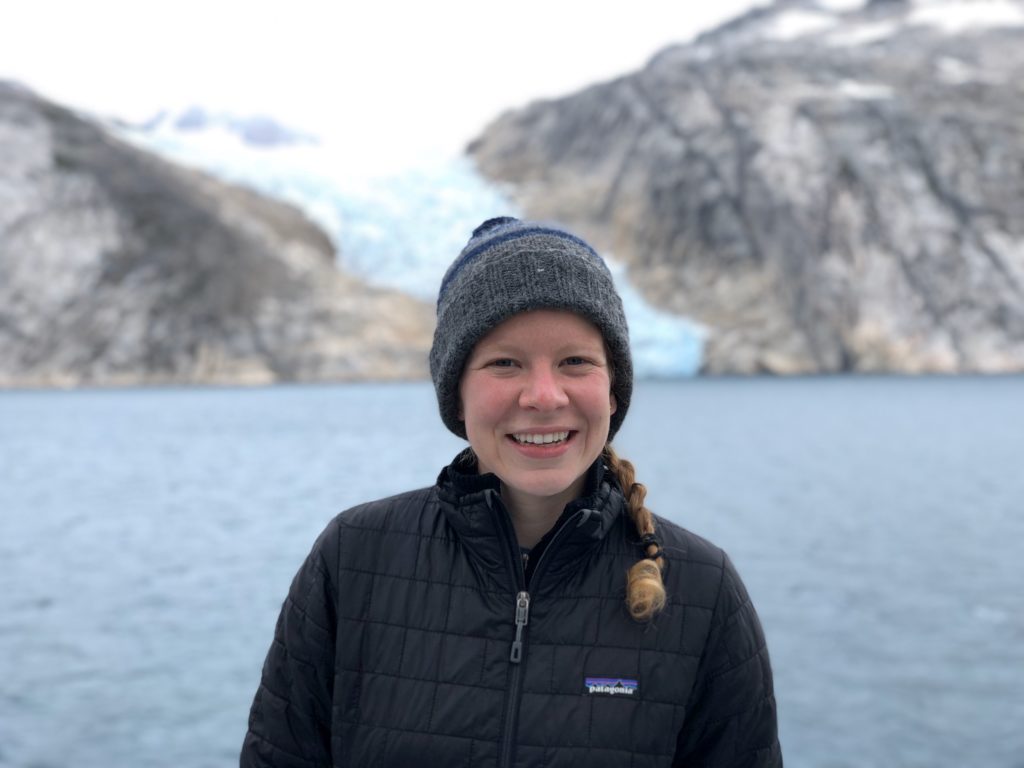
My research focuses on the structure, variability, and dynamics of the West Greenland boundary current system. I am especially interested in how the mean circulation and smaller-scale variability transport heat and freshwater. Currently, I am investigating the role of wind-forcing at the West Greenland shelf and shelf break. The goal is to understand the role of this synoptic-scale forcing on the exchange of properties to the interior Labrador Sea, and how these fluxes influence convection in the interior basin.
Former Students & Early Career
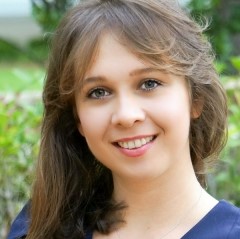
Yana Bebieva
Georgia Tech Institute
Postdoc
Advisor: Susan Lozier
I work on a range of fluid dynamics and climate questions in the fields of physical oceanography and the physics of wildfires. My research focuses on how small-scale mixing affects larger-scale dynamics. Currently, I work on identifying mixing mechanisms at the surface and deep ocean in the Labrador Sea basin that regulate the strength of the meridional overturning circulation.
Laura Castro de la Guardia
University of Alberta
Graduate Student
Advisor: Paul Myers
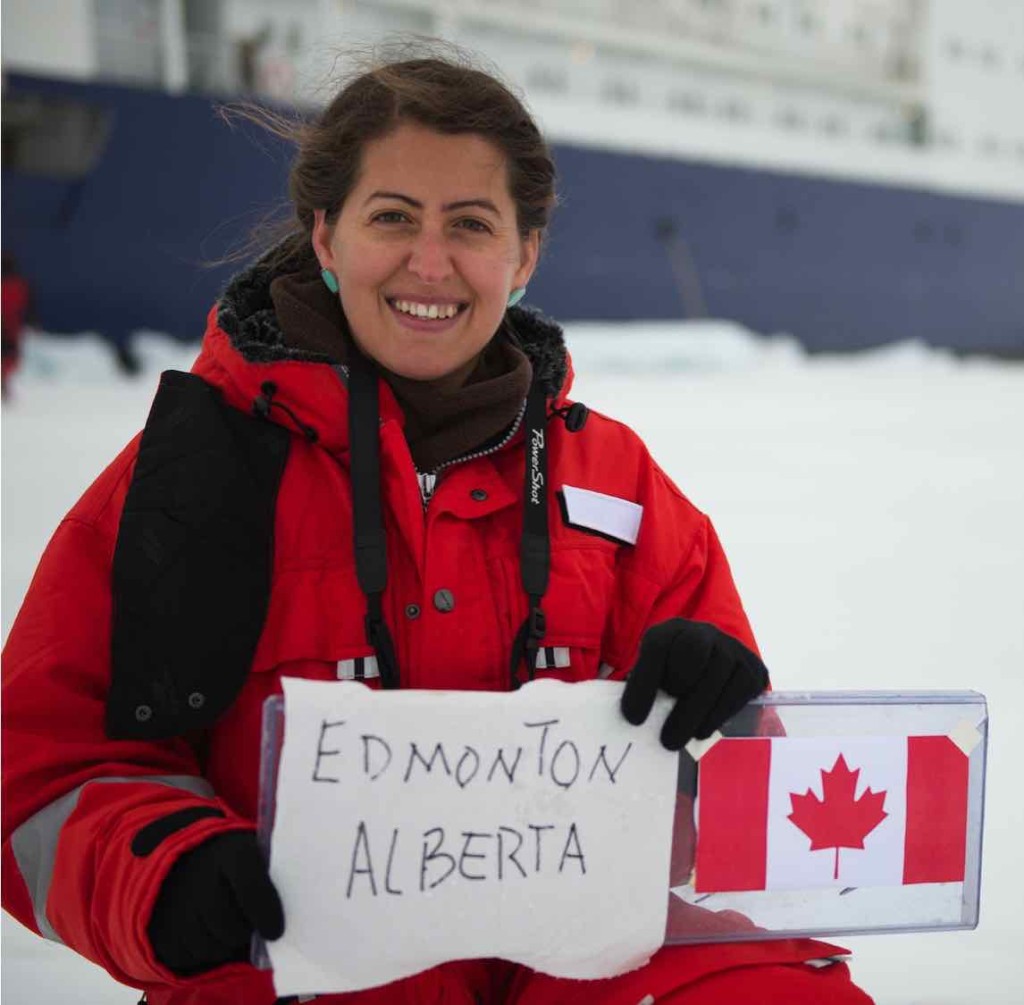
My background is ecosystem biology, and within Dr. Myers’s physical oceanographic modelling group I study primary productivity in the Labrador Sea, as well as the evolution of oxygen and carbon concentration in the Labrador Sea Water using a state of the art ocean sea-ice model (NEMO) coupled to a biogeochemical model (BLING). The simulation runs from 1958 to 2013.
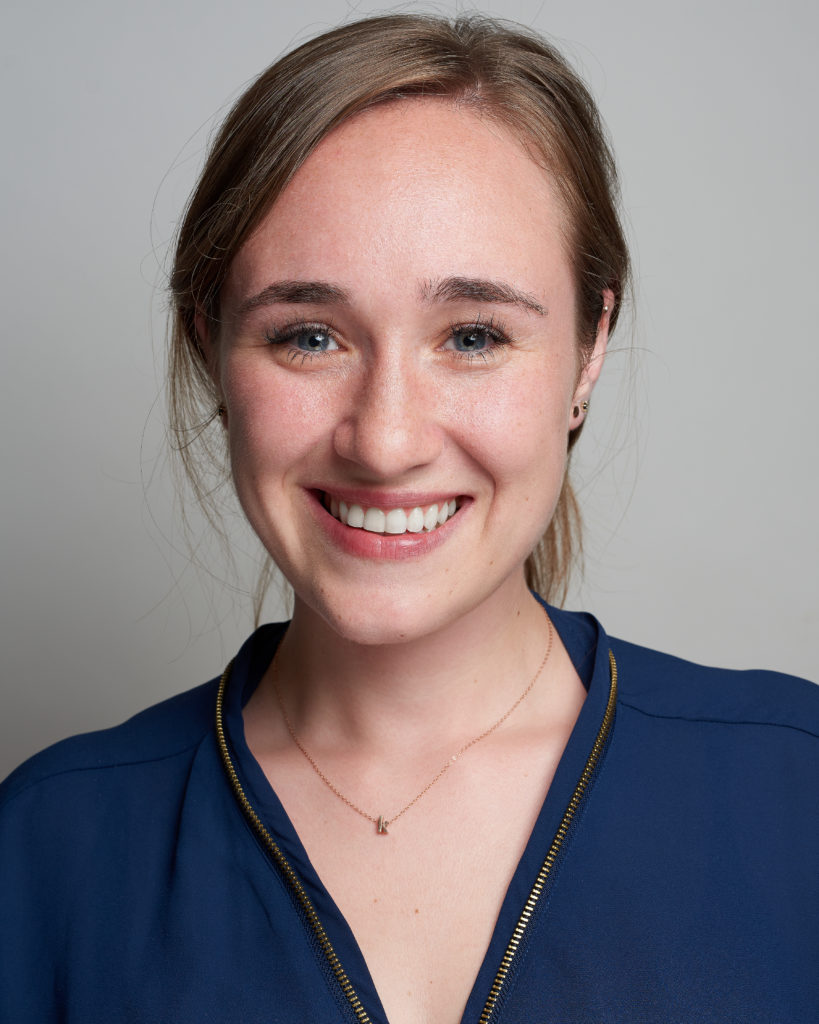
Kim Drouin
Duke University
Postdoc
Advisor: Susan Lozier
My current research focuses on understanding the surface pathways that contribute to the overturning circulation of the North Atlantic as well as identifying changes in and drivers of the spatial pattern of the Atlantic Multidecadal Variability.
Charlène Feucher
University of Alberta
Postdoc
Advisor: Paul G. Myers
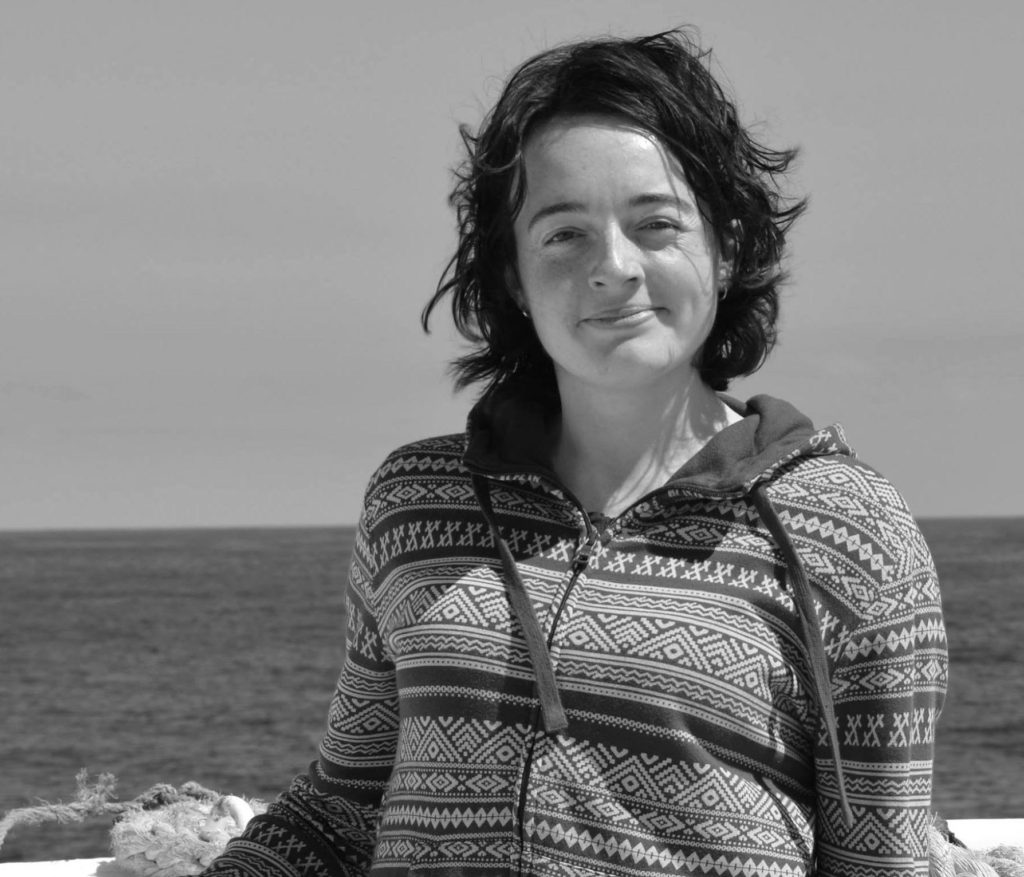
I am doing a post-doc at the University of Alberta. My post-doc is part of the VITALS (Ventilation, Interactions and Transports Across the Labrador Sea) project. I am investigating changes in the Labrador Sea Water formation and how it is linked to the Meridional Overturning Circulation (MOC). For my investigations, I mostly use ocean simulations from the NEMO framework.

Nick Foukal
WHOI
Postdoc
Advisor: Bob Pickart
I’m analyzing the exchange of freshwater from the Greenland shelf into the Labrador Sea. The goal of this project is to determine how glacial meltwater from Greenland affects convection in the Labrador Sea.
Liping Ma
University of Liverpool
Graduate Student
Advisor: Ric Wiliams
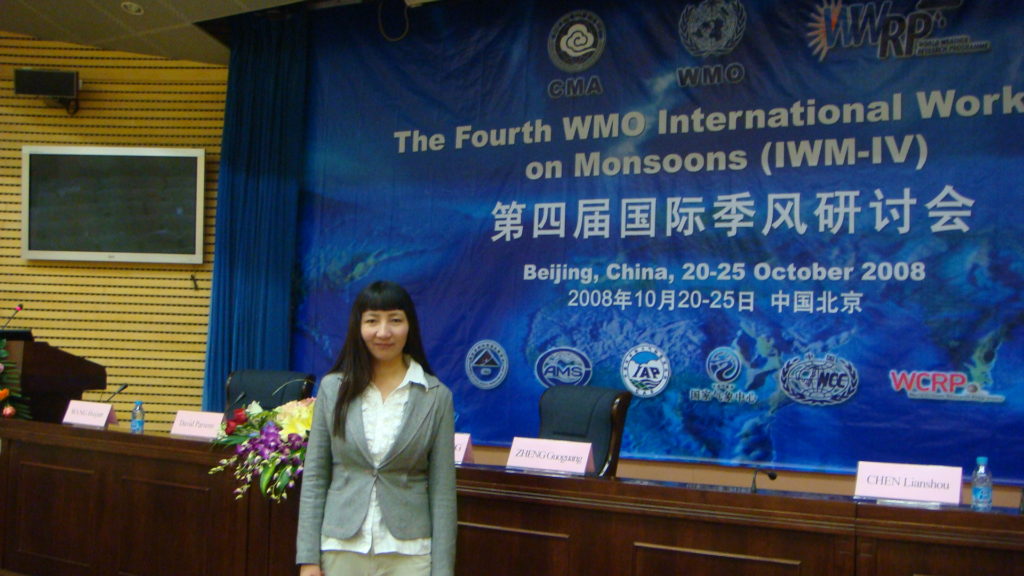
My Ph.D. project will examine how different atmospheric regimes affect the ocean heat storage and overturning in the North Atlantic Ocean and the wider climate system. The prevailing view is that much of the ocean variability in heat storage in the North Atlantic is understood in terms of slowly varying climate modes, i.e. fixed pressure patterns such as the North Atlantic Oscillation. Instead, we wish to explore how the ocean heat uptake and overturning are controlled by the position and frequency of individual weather systems, in particular atmospheric blocks, which determine the path of the jet stream.
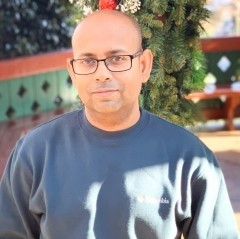
Sudip Majumder
Georgia Tech Institute
Research Scientist
Advisor: Susan Lozier
I am a Research Scientist at Earth and Atmospheric Sciences (EAS) at Georgia Tech. My current research focuses on optimizing the OSNAP array using observing system simulation experiments, and also investigates the linkage between water mass transformation and AMOC variability in the Subpolar North Atlantic Ocean.
Félix Margirier
Georgia Tech Institute
Postdoc
Advisor: Susan Lozier
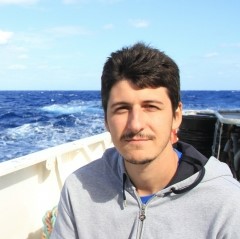
My research focuses on the different mixed layer dynamics regimes in the subpolar versus subtropics and the importance of extreme events in preconditioning.
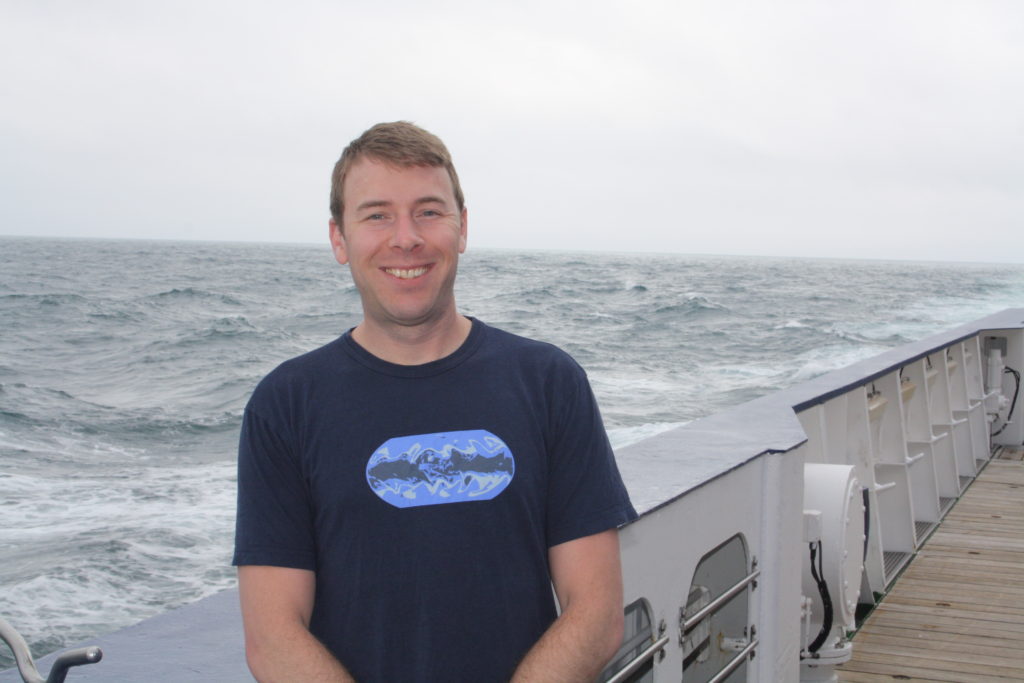
Clark Pennelly
University of Alberta
Graduate Student
OSNAP Advisor: Paul G. Myers
My research focuses on the convection within the Labrador Sea. By using a numerical ocean model, NEMO, I examine some of the major influencing factors behind deep convection: atmospheric forcing over the convection region and freshwater transport into the convection region. I plan to couple an atmospheric model with NEMO to further explore sensitivity to atmospheric forcing.
Tillys Petit
Duke University
Postdoc
Advisor: Susan Lozier
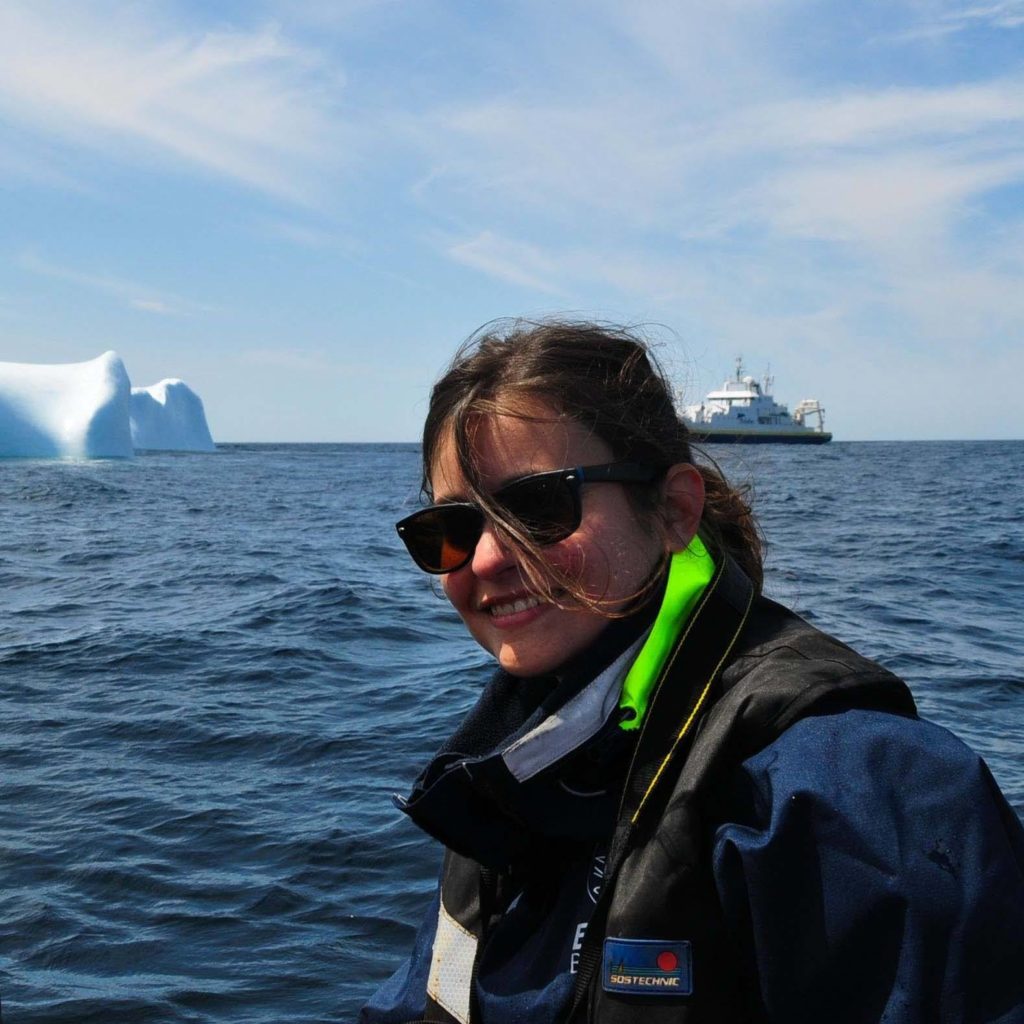
As part of the OSNAP project, my research focuses on understanding what drives the mean overturning circulation and its large variability across OSNAP-East. Indeed, the seasonal and interannual variability of the AMOC cannot be solely explained by the variability of the Labrador Sea Water formation as observed at OSNAP-West or by the inflow across the Greenland-Scotland Ridge (GSR) at depth. By using monthly observations from the OSNAP array and from moorings located along the GSR, I show that the mechanisms explaining this variability are also related to the formation of Subpolar Mode Water between the ridge and the OSNAP-East line, forced by air-sea fluxes, which is then entrained in the lower limb of the MOC. Another work will focus on the propagation and connection between the subpolar and the subtropical gyres by using observations along the RAPID array.
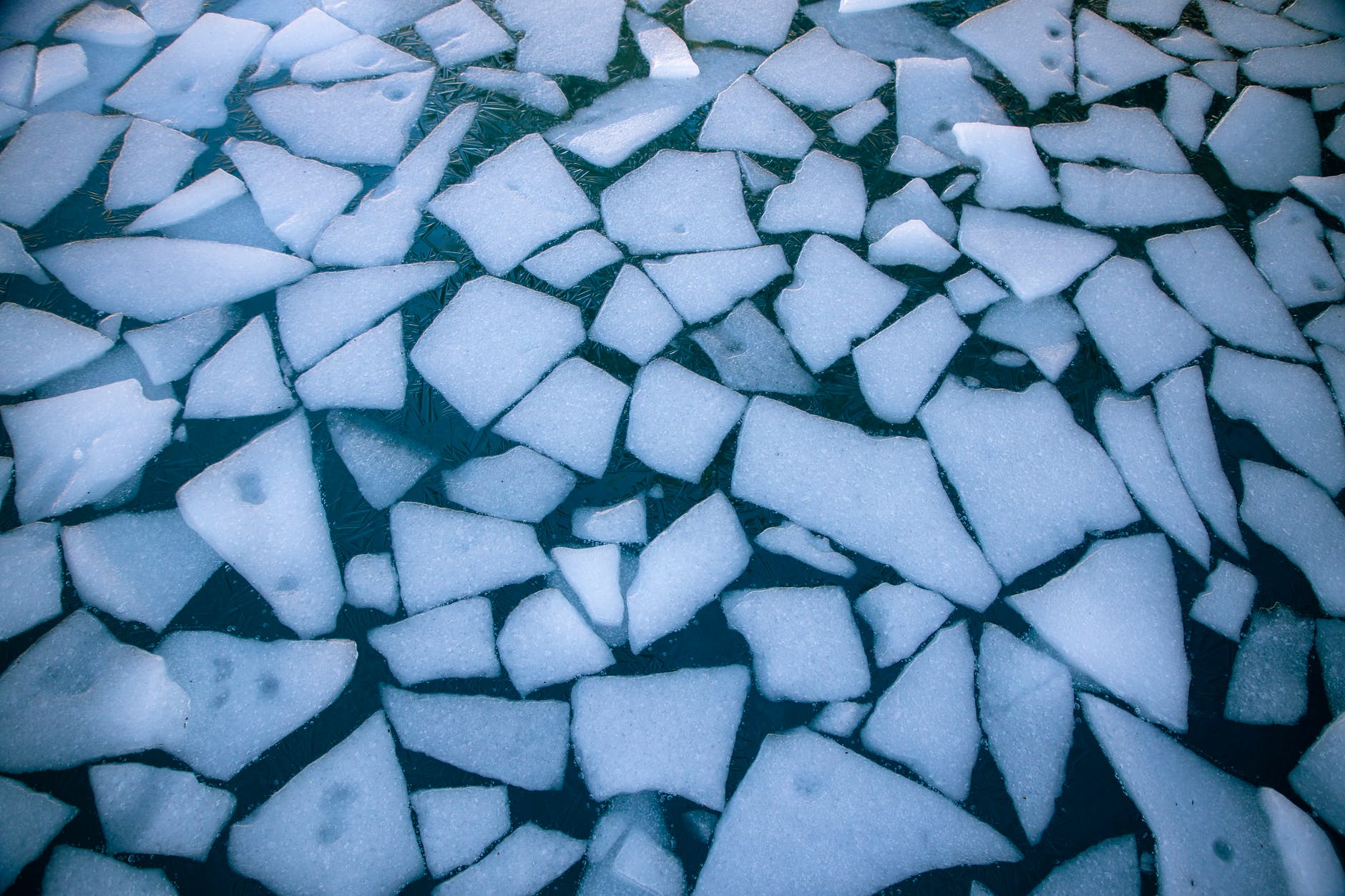
Yarisbel Garcia Quintana
University of Alberta
Graduate Student
Advisor: Paul G. Myers
By using an ocean-sea ice coupled numerical model (NEMO), my research has been focused on Labrador Sea Water (LSW) formation rate variability as well as AMOC strength under different scenarios, by implementing sensitivity experiments. I have been working with Paul G. Myers as my Supervisor. Part of my research also aims to look at the variability and formation rates of the Denmark Strait Overflow Water (DSOW) and Iceland-Scotland Overflow Water (ISOW). LSW, DSOW and ISOW contributions to the AMOC strength and variability in the sub-polar gyre is also one of my questions.
Virginie Racapé
IFREMER/LOPS
Postdoc
Advisors: Virginie Thierry and Herlé Mercier

My job focuses on the deep-limb of the overturning circulation and the connection between subpolar and subtropical gyres. In this context, I am using Deep-Argo-O2 launched in the Subpolar gyre since 2015 to better document the deep circulation and its water masses as well as ventilation mechanism. This study will be completed by cruises data and Argo-O2 data available in the North Atlantic to better understand alternation between cold and warm periods observed since 1990s and their impact on the basin scale.
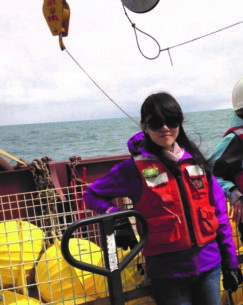
Sijia Zou
WHOI
Postdoc
Advisor: Amy Bower
My work focuses on the deep limb of the overturning circulation, specifically on the connection between convection in the Labrador Sea and the export of Labrador Sea Water (LSW) to the subtropical gyre. I seek to understand if the variability of LSW export is driven by the change in convection of the source region, and if not, what the dominant mechanism is that controls the export variability. I use ocean models to track the paths of water particles in a Lagrangian frame and compute the exported variability. To validate our model results, I will also analyze results from hydrographic data and RAFOS floats deployed as part of the OSNAP project.